Marvin Minsky was one of the founders of artificial intelligence, and with John McCarthy, he created MIT’s Computer Science and Artificial Intelligence Laboratory. Minsky, who recently passed away at the age of 88, was also a lifelong devotee of science fiction, to the almost total exclusion of all other forms of fiction. (He also penned a science fiction novel of his own, The Turing Option, written with Harry Harrison.)
Minsky often discussed his favorite authors but less often mentioned specific works. So, to commemorate this great visionary, the editors at IEEE Spectrum put together this selection of books by some of his favorites, picking titles that touch on the themes of computation and consciousness that most seem to resonate with Minsky’s work—or simply share his penchant for audacious ideas.
Photo: Gollancz
Last and First Men by Olaf Stapledon
The book’s narrative spans from the 1930s (when it was released) to about 2 billion years into the future. The book chronicles the rise and fall of Homo sapiens and 17 successive species that descend from it, focusing largely on their mental development and philosophies. The early chapters’ reliance on ethnic stereotypes may sound a sour note for modern readers, but the book is notable for its ambition, the introduction of concepts such as genetic engineering, and its influence on later authors.
Photo: Bantam Spectra
I, Robot by Isaac Asimov
This collection of short stories originally published from 1940 to 1950 lies at the core of Asimov’s entire science fiction oeuvre, and explores the unintended consequences that can arise from following what appear to be the straightforward rules of behavior stated in Asimov’s famous “Three Laws of Robotics.” The story “Runaround” had a huge impact on the young Minsky’s thinking, and he later became close friends with Asimov.
Photo: Bantam Spectra
The Fountains of Paradise by Arthur C. Clarke
Published in 1979, this book brought the concept of the space elevator to the masses, featuring the construction of a superstrong cable stretching from a small island on the equator to high Earth orbit. Minsky was so taken with the idea that he worked with other researchers to develop real-world designs for the elevator and to bring a related concept called the “space fountain” to reality.
Photo: Tor Books
Dream Park by Larry Niven and Steven Barnes
It might be natural here to point to Niven’s Ringworld (1970) as an example of the big-idea thinking Minsky loved, but we plumped instead for 1981’s Dream Park as a nod to the kind of playful mind that delighted in thinking up the ultimate useless machine. The novel is a murder mystery set in the middle of a live-action role-playing game, which takes place in a computer-controlled arena so vast it makes Star Trek’s holodecks look like very small potatoes indeed.
Photo: Tor Books
True Names by Vernor Vinge
William Gibson’s 1984 Neuromancer became the breakout hit of early cyberpunk science fiction, but Vinge’s 1981 novella is revered by aficionados. It introduces the virtual reality metaphor for cyberspace that would become de rigueur in later cyberpunk novels, and also sets the stage for Vinge’s later writing on the singularity. Minsky later contributed a lengthy afterward to the novella, linking it to his own conceptions of and research on the workings of the mind.
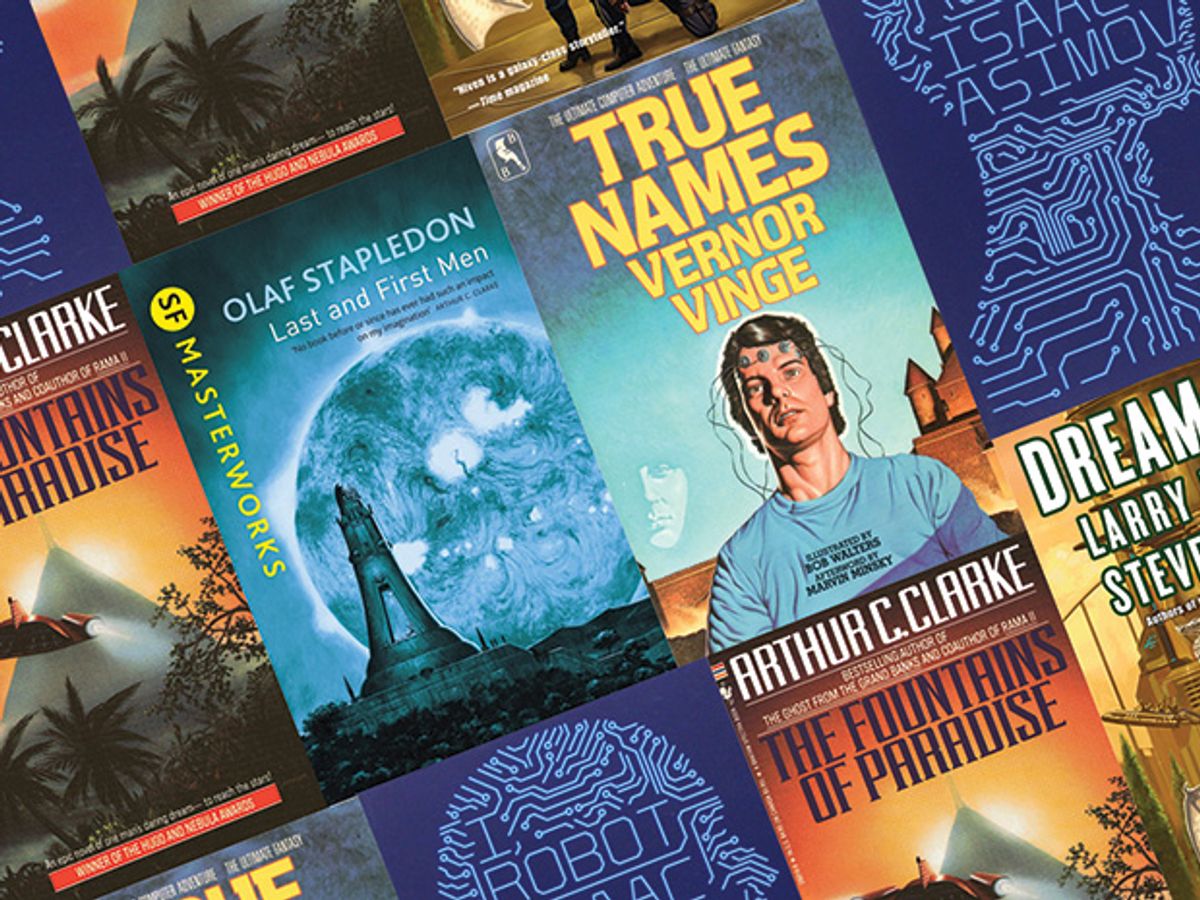
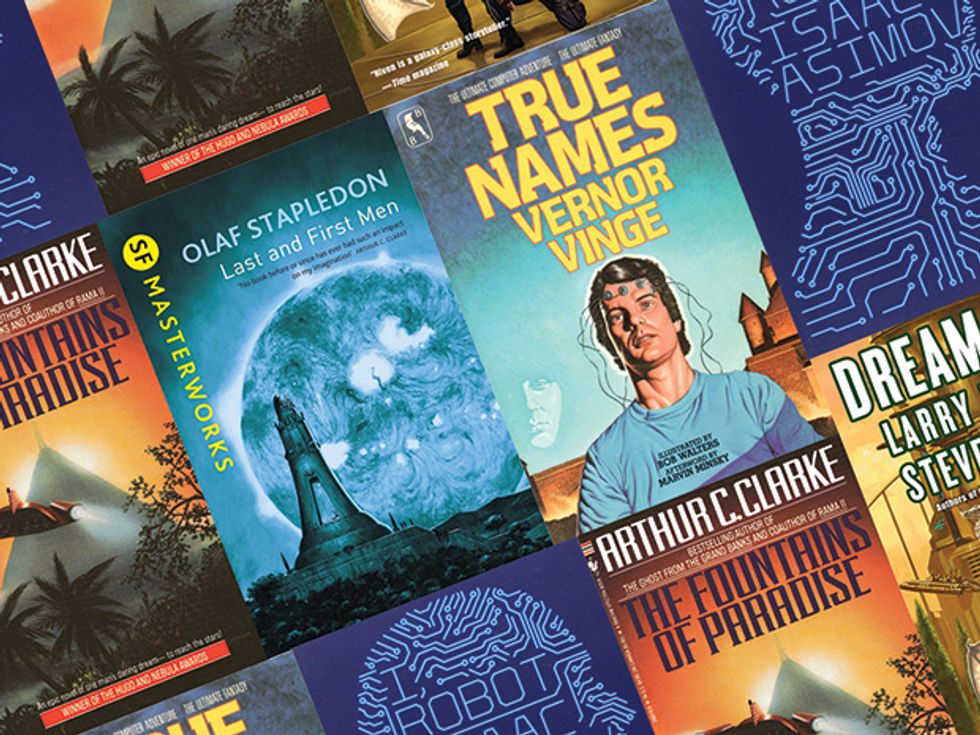
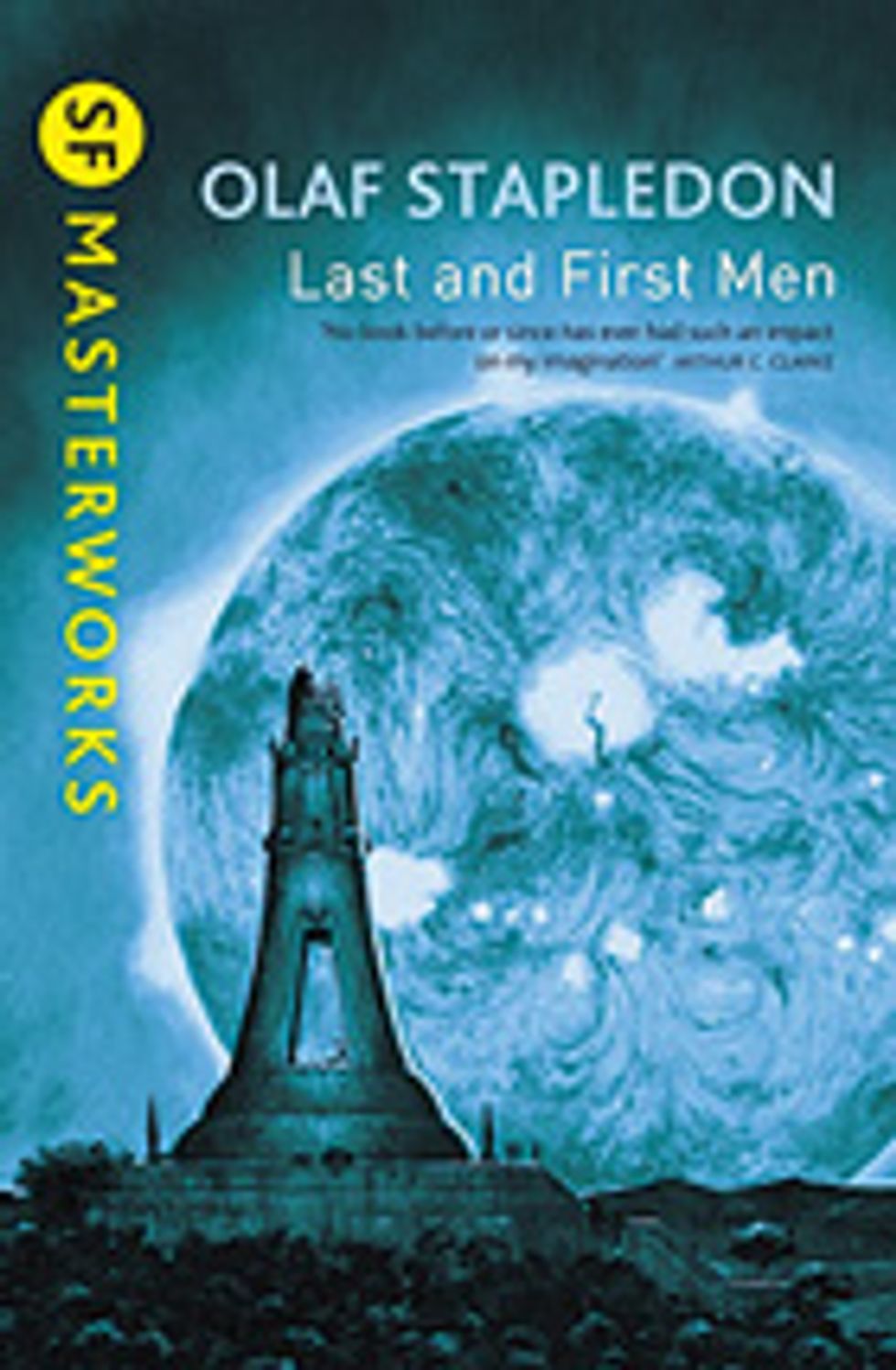 Photo: Gollancz
Photo: Gollancz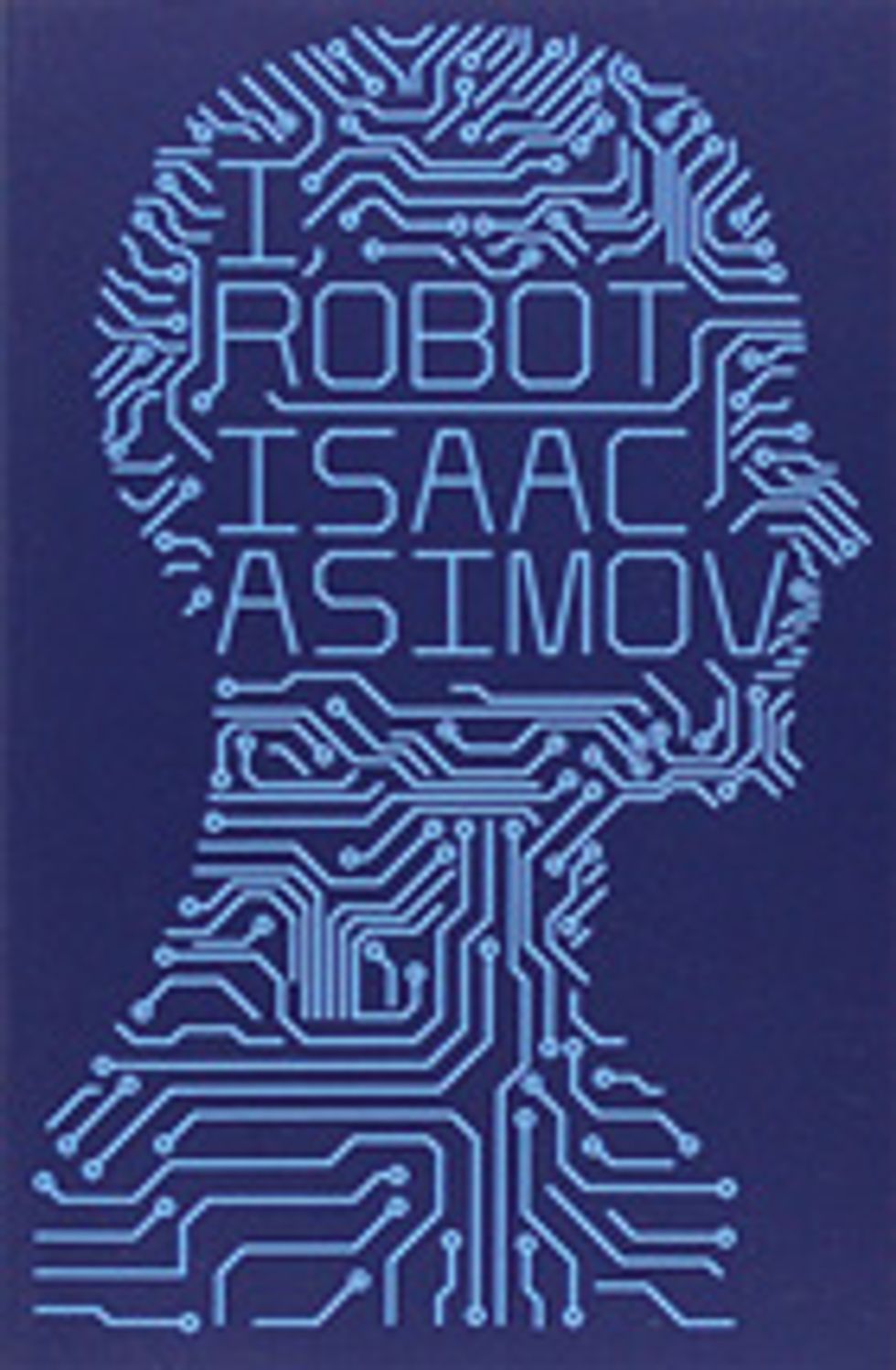 Photo: Bantam Spectra
Photo: Bantam Spectra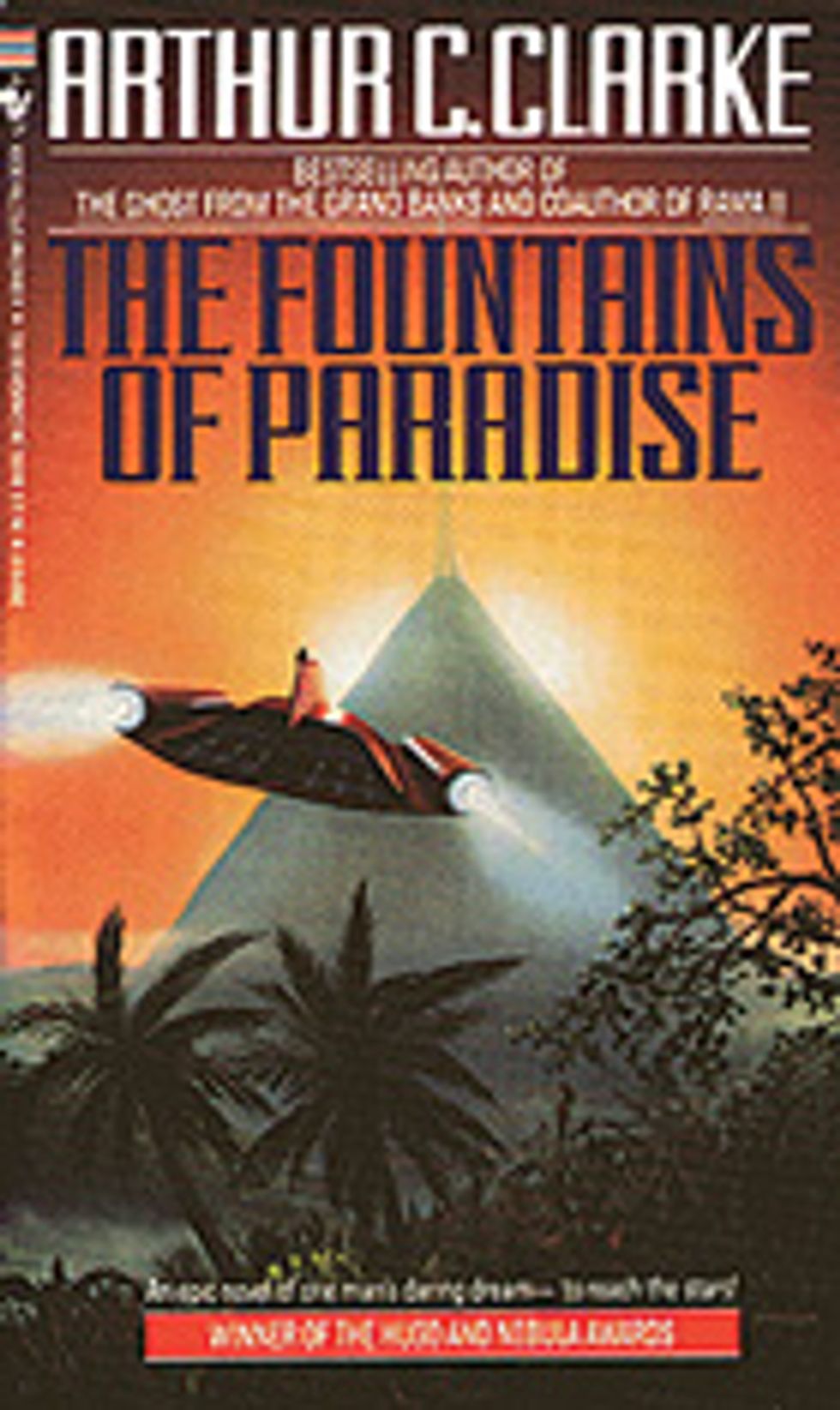 Photo: Bantam Spectra
Photo: Bantam Spectra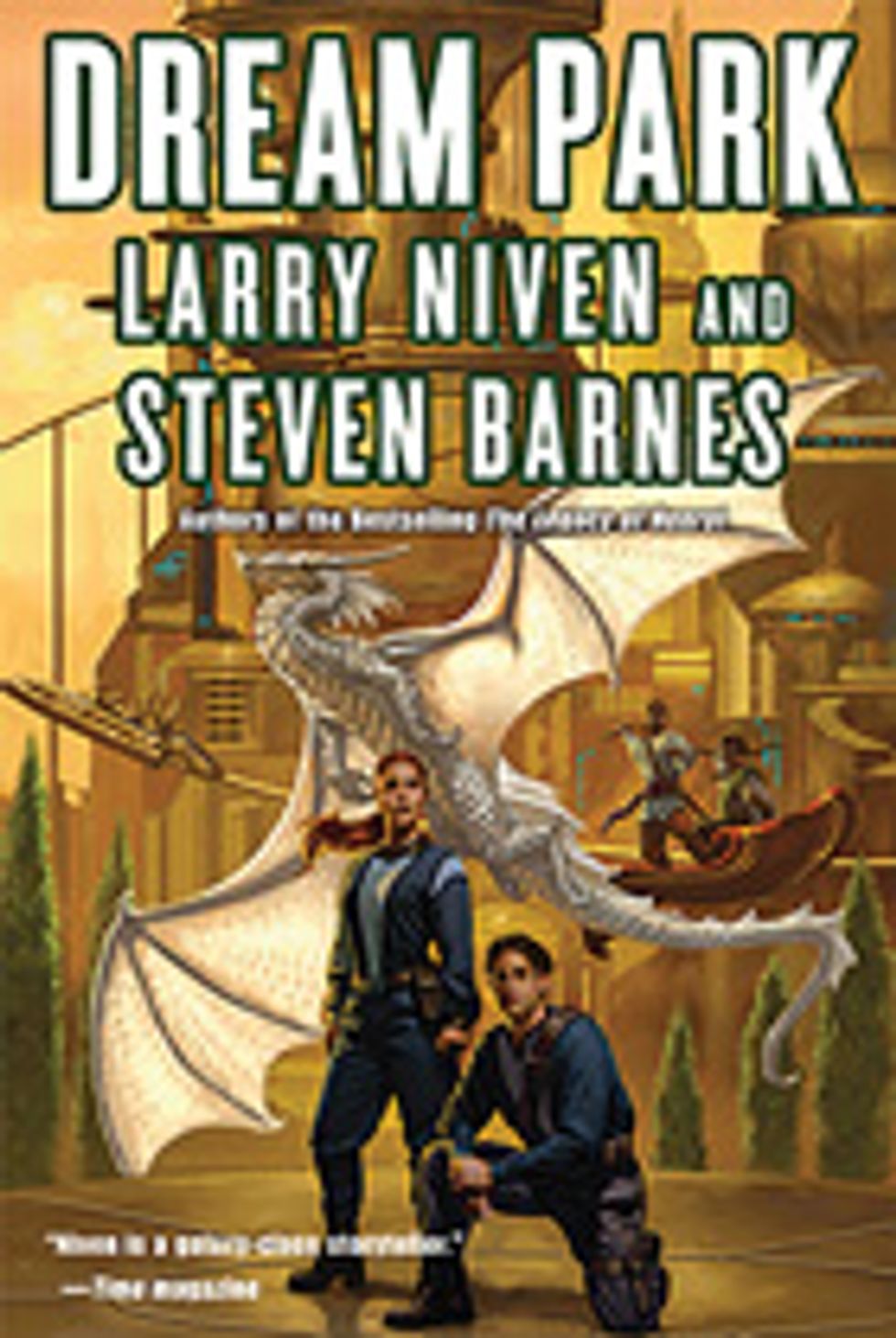 Photo: Tor Books
Photo: Tor Books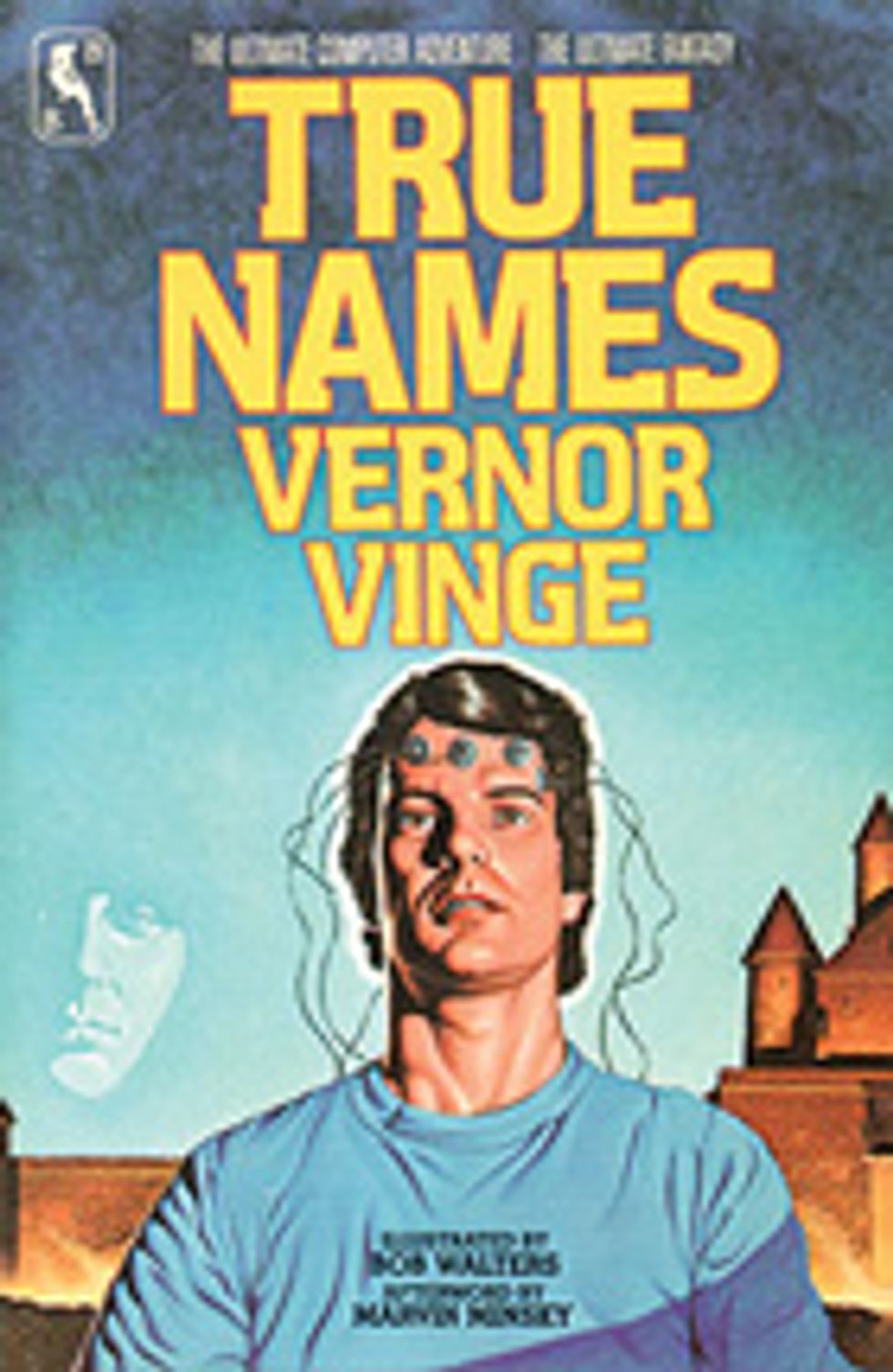 Photo: Tor Books
Photo: Tor Books